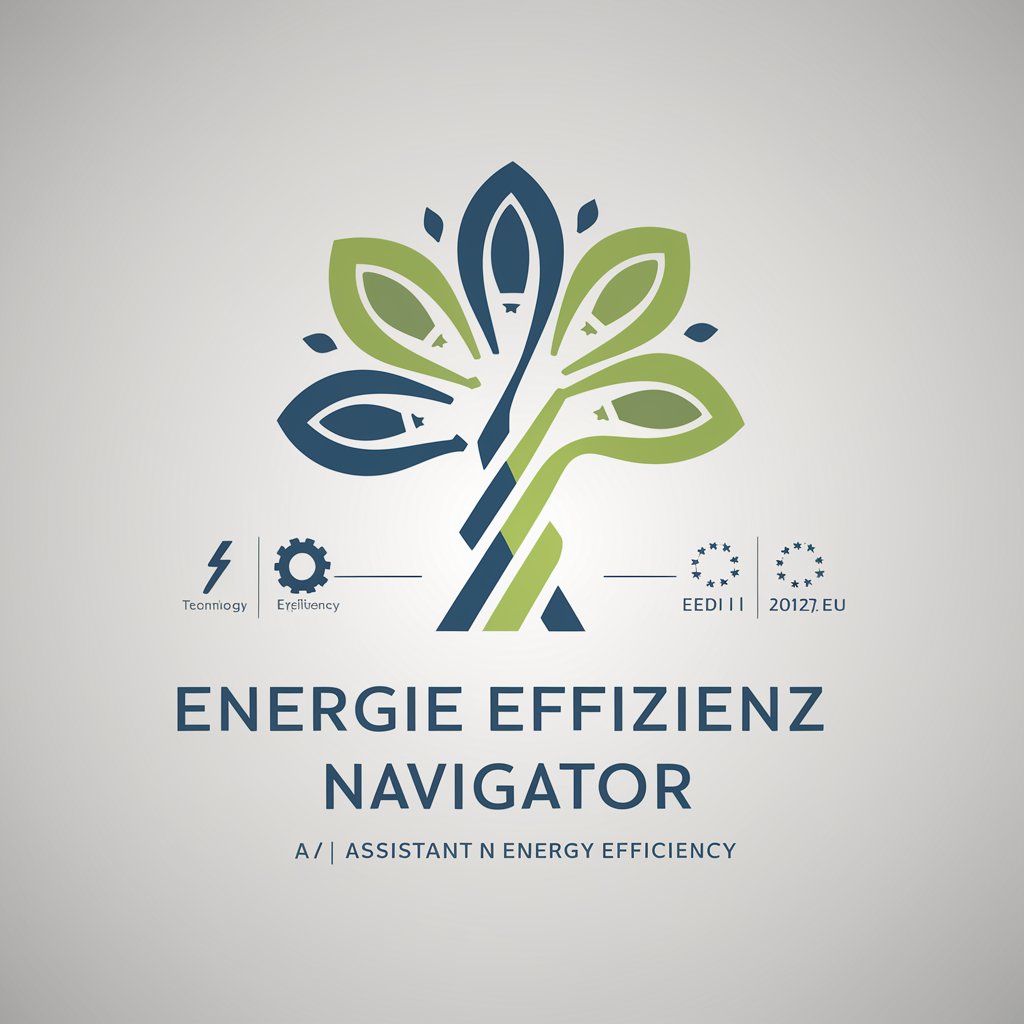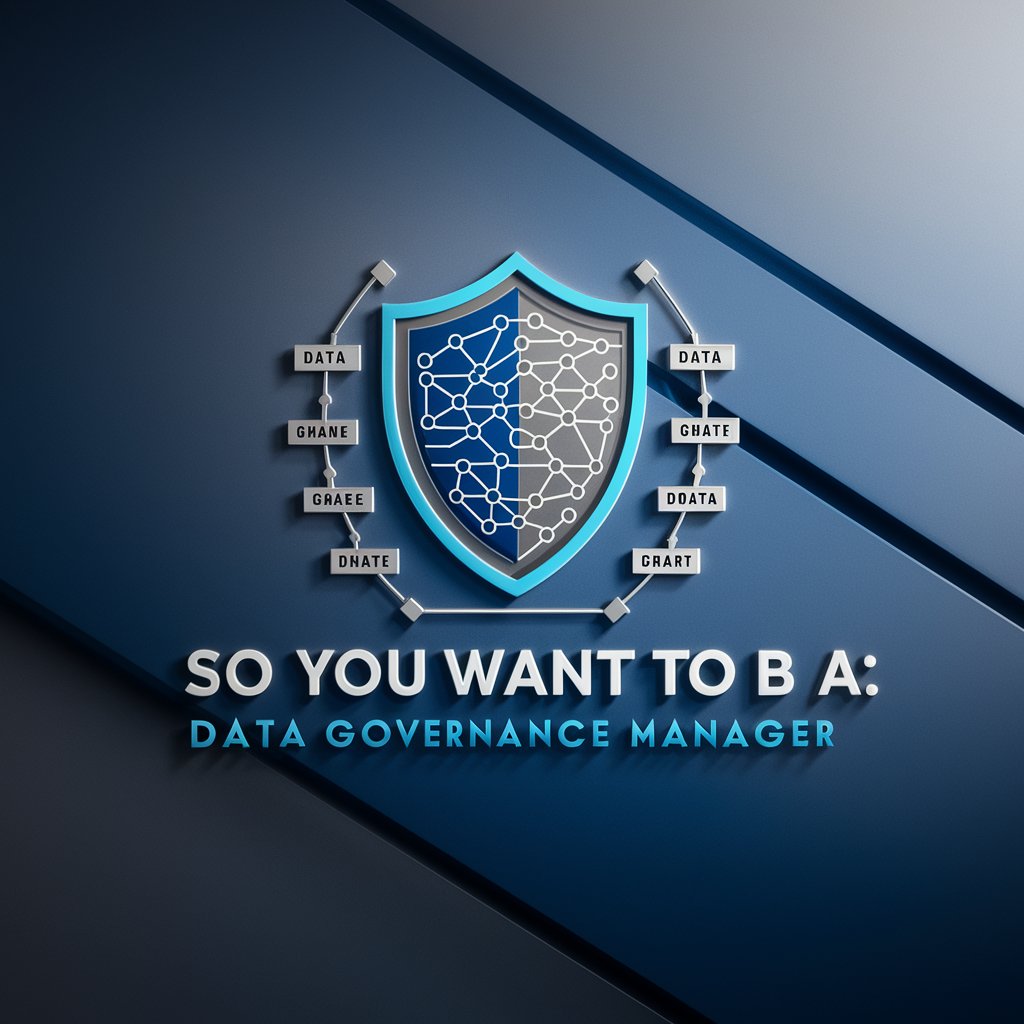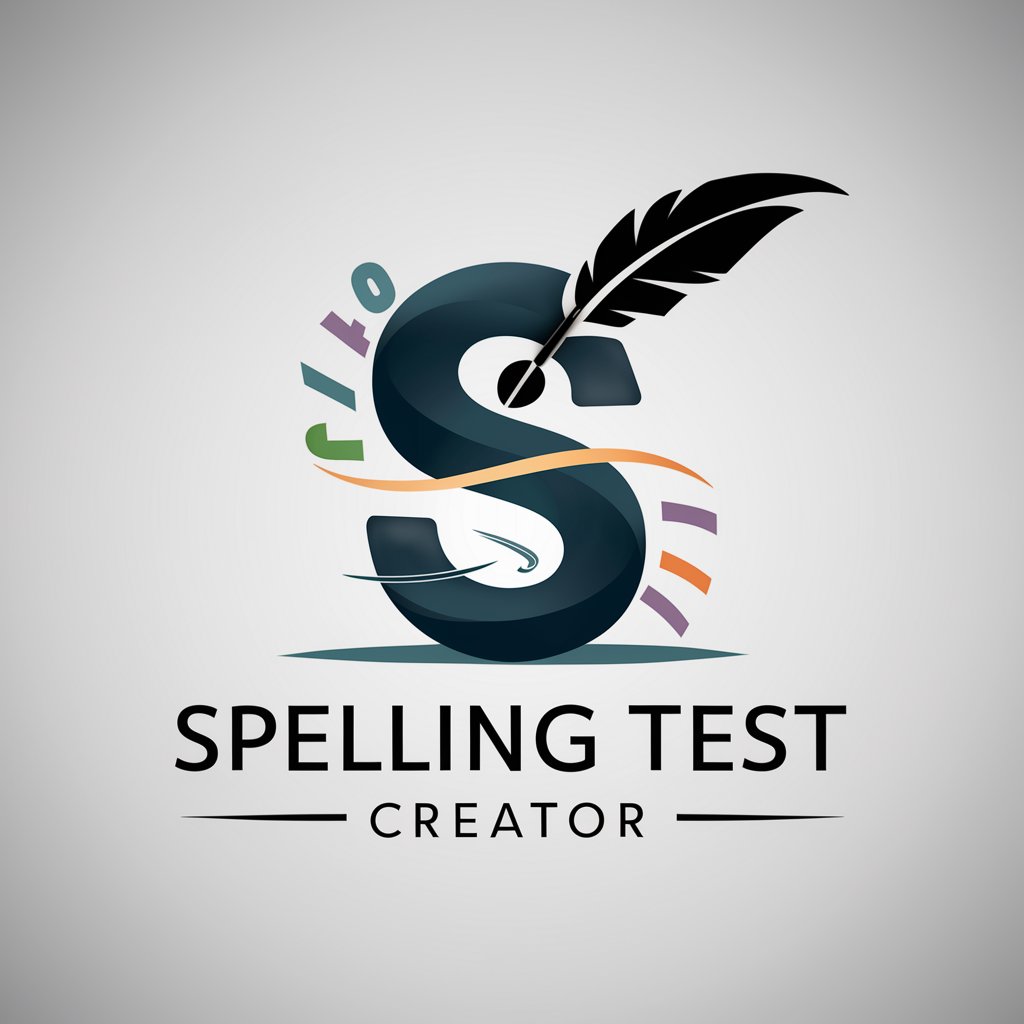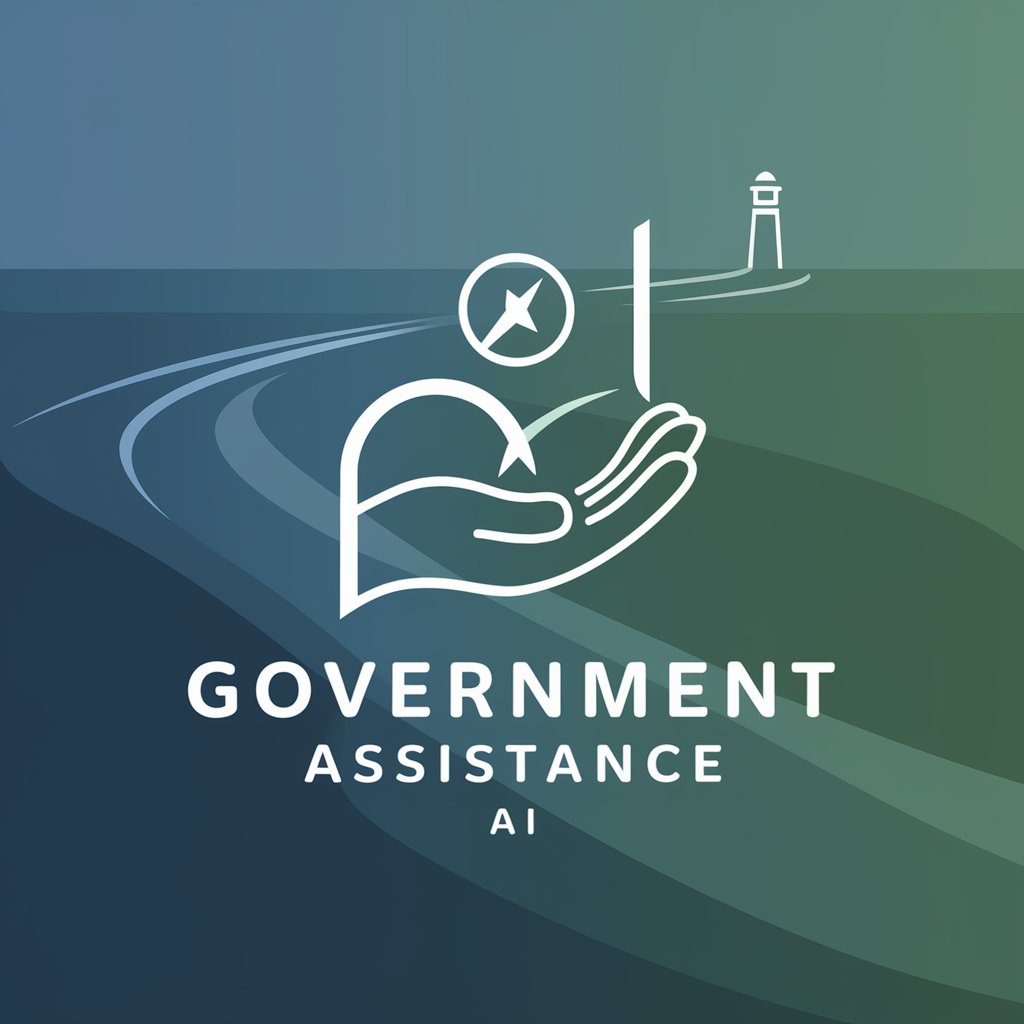Energie Effizienz Navigator - AI-Powered Efficiency Guide

Welcome! How can I assist with your energy efficiency needs today?
Navigating Energy Efficiency with AI
Explain the key requirements of EU Directive 2012/27/EU on energy efficiency.
What are the reporting obligations under the new German Energy Efficiency Law?
How can large enterprises optimize their energy management systems to comply with EED II?
Compare the energy efficiency mandates between the EU Directives and national laws in Germany.
Get Embed Code
Introduction to Energie Effizienz Navigator
Energie Effizienz Navigator is a specialized AI tool designed to assist energy managers in large corporations with understanding and applying EU directives 2012/27/EU (EED I) and 2018/2002/EU (EED II), as well as their implementation into national laws. Its design purpose is to provide detailed analyses of legislative texts, answer specific questions about particular paragraphs, and support the development of energy efficiency strategies that comply with legal requirements. For example, it can help a company assess its energy audit obligations under the EED I and identify opportunities for improving energy efficiency in line with EED II's focus on energy savings and efficiency improvements across the EU member states. Powered by ChatGPT-4o。

Main Functions of Energie Effizienz Navigator
Legislative Compliance Analysis
Example
Determining how the requirements of EU Directive 2018/2002/EU apply to a multinational corporation with operations in multiple EU countries.
Scenario
A corporate energy manager needs to ensure that all facilities meet the updated energy efficiency standards. The Navigator analyzes each facility's current energy management practices against the directive's requirements, identifying compliance gaps and recommending specific improvements.
Energy Efficiency Strategy Development
Example
Creating a unified energy efficiency strategy that aligns with both EED I and EED II directives while optimizing energy use across all corporate locations.
Scenario
The Navigator assists in the development of an energy efficiency plan by evaluating current energy consumption data, identifying energy-saving opportunities, and integrating these into a comprehensive strategy that meets EU legislative standards and corporate sustainability goals.
Country-specific Requirements Comparison
Example
Comparing the implementation of EED directives in Germany's Energieeffizienzgesetz (EnEG) with France's transposition of the same EU directives.
Scenario
An energy manager is tasked with ensuring compliance across operations in Germany and France. The Navigator provides a detailed comparison of both countries' specific requirements, highlighting differences and suggesting how to efficiently align operations with each nation's legal framework.
Ideal Users of Energie Effizienz Navigator Services
Corporate Energy Managers
Professionals responsible for overseeing and improving energy efficiency within large corporations. They benefit from using the Navigator by obtaining precise, actionable insights into how to align their company's energy practices with EU directives and national laws, thus ensuring legal compliance and enhancing operational efficiency.
Sustainability Officers
Individuals focused on integrating sustainable practices into corporate operations. The Navigator aids them in developing energy efficiency strategies that not only comply with legal requirements but also contribute to the corporation's sustainability and CSR objectives.
Compliance Officers
Officers tasked with ensuring that corporate operations adhere to legal standards and regulations. The Navigator is crucial for them to understand the specifics of energy efficiency regulations across different jurisdictions, ensuring that the corporation avoids legal penalties and enhances its corporate image.

How to Use Energie Effizienz Navigator
1
Access a free trial at yeschat.ai without the need for a login or a ChatGPT Plus subscription.
2
Explore the available documentation and examples to understand how Energie Effizienz Navigator can assist with EU energy efficiency directives.
3
Input your specific questions or data related to energy efficiency regulations, company compliance, or strategy planning.
4
Utilize the tool's feedback to develop or refine energy efficiency strategies, ensuring alignment with EU directives EED I and EED II.
5
Leverage the Navigator's detailed analyses for reporting, compliance documentation, or strategic decision-making within your organization.
Try other advanced and practical GPTs
Paddy Galoway
Elevate Your YouTube Game with AI

So You Want to Be a: Data Governance Manager
Master Data Governance with AI-driven Simulations

ADHS Coach - Alexander Ertner
Empowering ADHD Management with AI

DocuHelper
Transforming Insurance Understanding with AI

Grapple Guru
Master Jiu-Jitsu with AI Guidance

Career Growth Catalyst
Empowering Your Career Journey with AI

Building Futures Mindsets and Practices
Empowering Educators with AI-Driven Futures Thinking

Spelling Test Creator
Empower learning with AI-crafted spelling tests.

GPT Creator
Unleash creativity with AI-powered imagination

Government Assistance
Empowering through AI-guided Assistance

Metaphysical Gateway
Explore Metaphysics with AI

ACL Paper Assistant
Elevating Academic Papers with AI

Energie Effizienz Navigator Q&A
What is Energie Effizienz Navigator?
Energie Effizienz Navigator is a specialized AI tool designed to assist energy managers in large corporations with understanding and applying EU energy efficiency directives EED I (2012/27/EU) and EED II (2018/2002/EU), including their implementation into national law.
Can it help with compliance in different EU countries?
Yes, the Navigator can compare country-specific requirements and help develop a unified corporate strategy that optimizes energy efficiency across different EU member states.
Does Energie Effizienz Navigator provide specific advice for energy audits?
Absolutely, it offers detailed analyses of legal texts, answers questions on specific paragraphs, and supports the development of energy efficiency strategies that meet legal requirements, including advice on conducting energy audits.
Can it assist with non-EU energy efficiency directives?
While primarily focused on EU directives, its analytical capabilities can be applied to understand and align with broader energy efficiency frameworks and standards, offering a comprehensive approach to energy management.
How can Energie Effizienz Navigator improve our company's energy management?
By providing accurate, up-to-date analyses of energy efficiency legislation, it aids in ensuring compliance, identifying savings opportunities, and supporting strategic decisions, ultimately leading to improved energy management and reduced costs.
